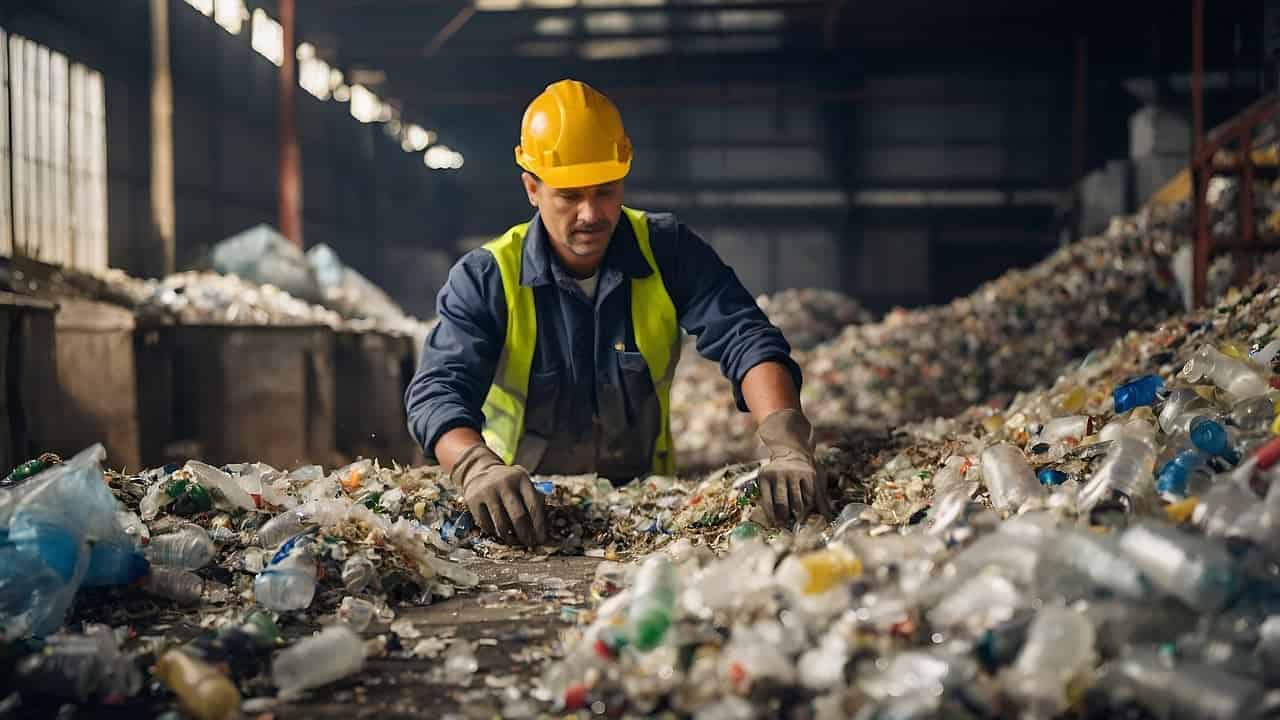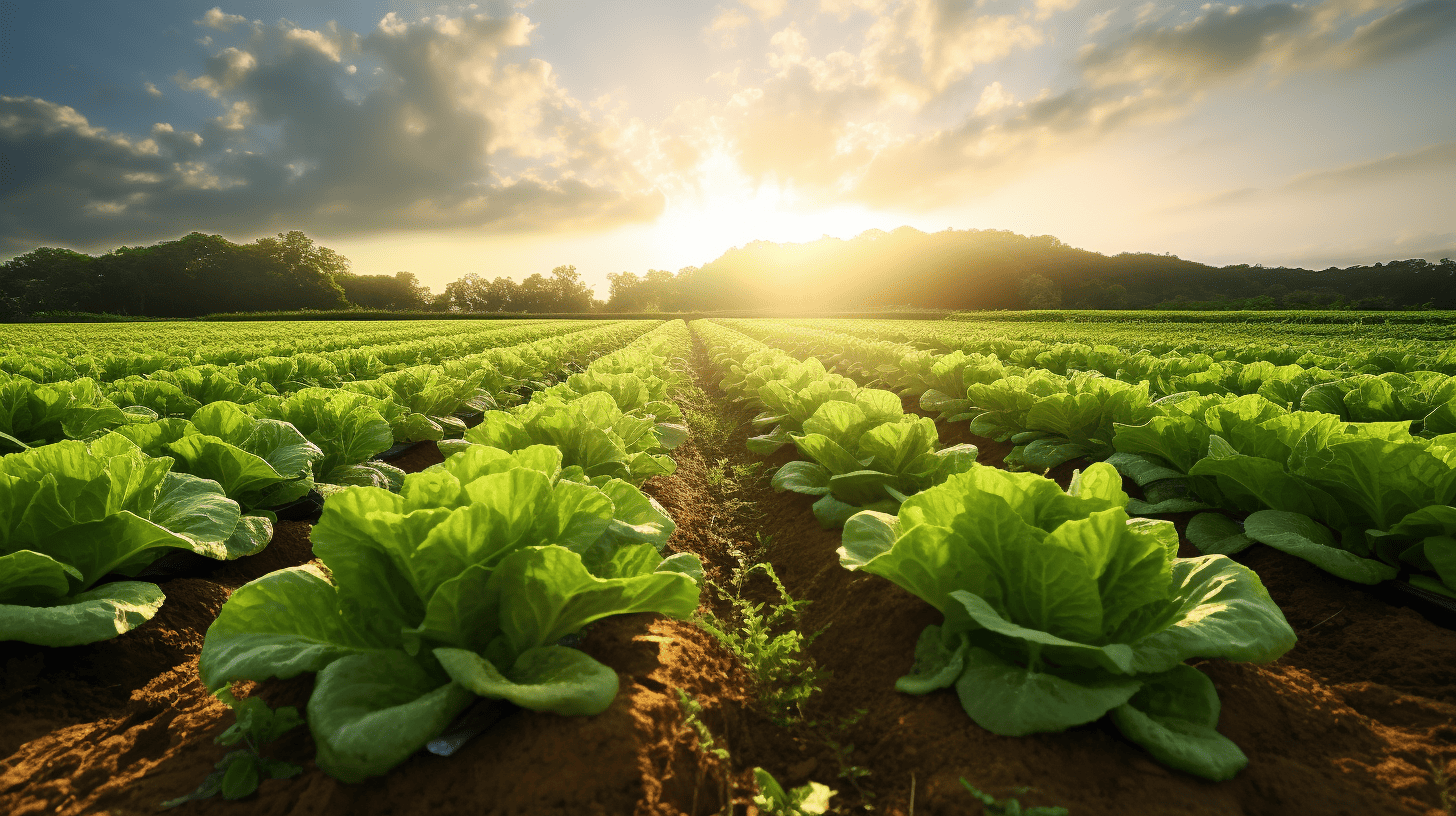
A groundbreaking breakthrough in materials science comes from a team that has mixed bacteria with plastic, resulting in “living plastic. This new material can dissolve and is 90% biodegradable within 5 months. Not only does it prove to be self-repairing, but it is also more robust and more flexible than traditional plastic. Researchers highlight the improved properties due to the synergy between the bacteria and the plastic. The end product of the degradation is not expected to be harmful, opening new possibilities for more sustainable materials.
Why this is important:
We are struggling with a growing mountain of waste consisting largely of plastic. The material is an environmental nightmare due to its slow degradation processes. The innovation now on the table could dramatically break this cycle. The “living plastic” brings a potentially revolutionary change in how we deal with plastic waste.
The synergy between bacteria and plastic
The concept of “living plastic” is a carefully developed solution that can answer a global problem. The fusion of Bacillus subtilis with thermoplastic polyurethane (TPU) is not random. Bacillus subtilis is known for its ability to break down plastic. The team, led by scientist Jon Pokorski, enhanced this natural ability by making the bacteria resistant to the high temperatures required to produce TPU.
The benefits of self-degrading plastic
In addition to its rapid degradation and significant improvement over conventional plastic, the “living plastic” also shows improved physical properties. The new material is more robust and more flexible, which increases its application possibilities. These improvements occurred after adding the bacteria to the TPU. According to Pokorski, the material thus offers advantages previously unattainable.

What happens after degradation?
The question of what remains of the plastic after degradation is critical. If the residue were harmful, the material would not make the desired contribution to a more sustainable future. The scientists hope the leftover material will not be harmful to the environment. The follow-up plan includes the development of more degradable materials based on this technology. This could lead to a new era of environmentally friendly materials.
The future of plastic
With this invention, the future of plastic suddenly looks a lot brighter. The research team aims to scale up this technology to larger production quantities. What is important here is not only the quantity but also the ongoing evolution of the bacteria. Allowing the bacteria to evolve further could degrade the plastic even faster, increasing the technology’s feasibility for commercial applications.
Environmental impact
This “living plastic” could significantly reduce the amount of waste entering the environment. If other types of plastic could also be mixed with bacterial spores, plastic would be much easier to break down in the future. This would reduce the ecological footprint of a material that was known to be an environmental pollutant until now.

